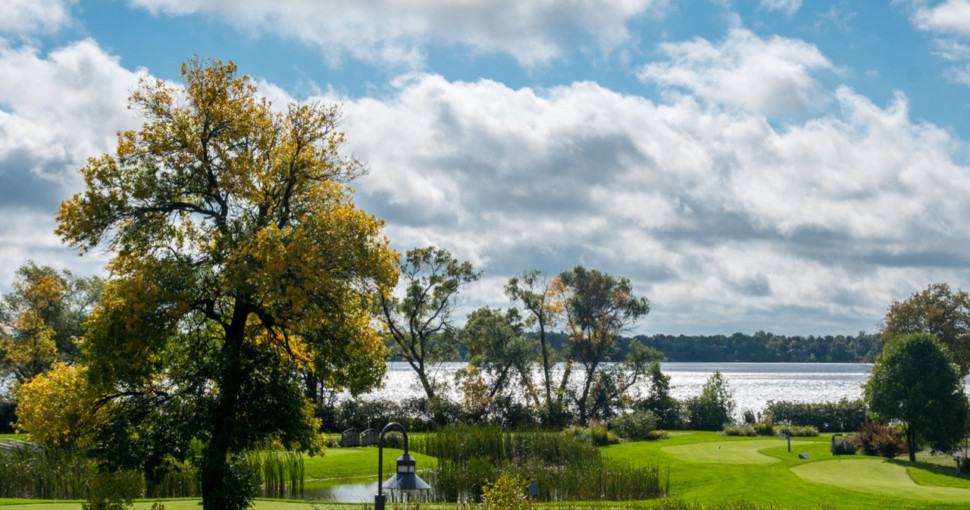Minnesota is home to hundreds of species of trees, but only about 22 are common in Minnesota. These are the types of trees that Minnesota is known for having the most.
Contents
- 1. Red Pine (pinus resinosa)
- 2. Eastern Red Cedar (juniperus virginiana)
- 3. White Spruce (picea glauca)
- 4. Balsam Fir (abies balsamea)
- 5. Tamarack (larix laricina)
- 6. White Oak (quercus garryana)
- 7. Yellow Birch (betula alleghaniensis)
- 8. Quaking Aspen (populus tremuloides)
- 9. Cottonwood Tree (populus deltoids)
- 10. American Elm (ulmus americana)
- 11. Basswood (tilia americana)
- 12. Hackberry (celtis occidentalis)
- 13. Black Cherry (prunus serotina)
- 14. Willow (salix)
- 15. Butternut (juglans cinerea)
- 16. Bitternut Hickory (carya cordiformis)
- 17. Honey Locust (gleditsia triacanthos)
- 18. Black Ash (fraxinus nigra)
- 19. Eastern Hemlock (tsuga canadensis)
- 20. Arborvitae (thuja occidentalis)
- 21. Ontario Balsam Poplar (populus balsamifera)
- 22. American Hornbeam (carpinus caroliniana)
Minnesota is located in the upper-Midwest region of the United States. It is known for its cold, snowy winters and hot summers. Minnesota has a humid continental climate with long, cold winters and short, warm summers.
This climate lends itself to common species of trees such as the oak, maple and poplar. Those are not the only types of trees that are common in Minnesota, however.
The state is home to a variety of different species of trees, and in this post I will describe those trees in Minnesota with a photo of each, so you can identify them easily next time you’re out and about! Let’s get into it.
1. Red Pine (pinus resinosa)
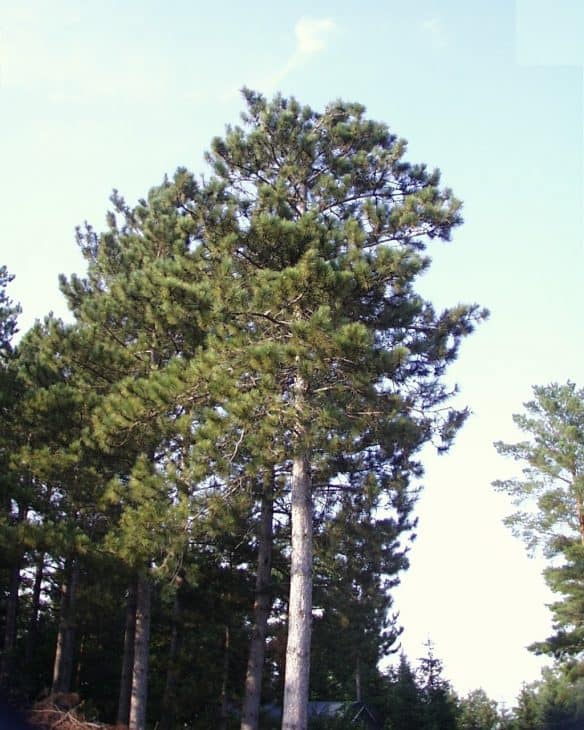
This tree is easily distinguished by its yellowish-green needles that are arranged in bundles of five.
The bark is reddish-brown and scaly, which will also help you to identify it if you see it around. The cones are small (about 2 inches long) and the trees typically grow tall – up to about 80 feet.
2. Eastern Red Cedar (juniperus virginiana)
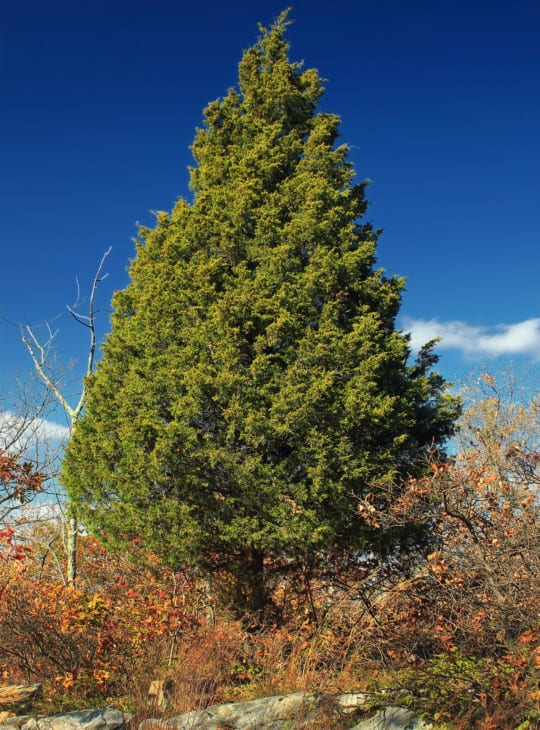
The Eastern Red cedar is a coniferous evergreen tree that has reddish-brown bark. The trees grow in pyramidal shape when they’re young, but become more columnar with age. They can be found in moist soils and are typically found around the Great Lakes regions of the United States.
3. White Spruce (picea glauca)
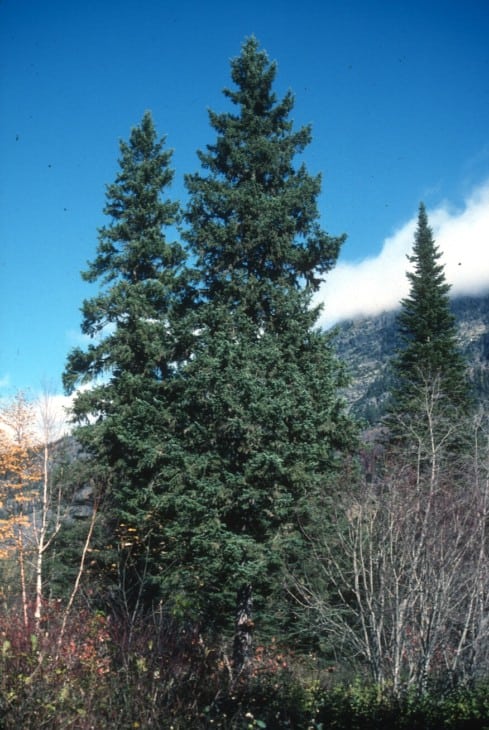
White Spruce trees can be identified by their short needles that grow in bunches of five.
They typically have a pyramidal shape as they mature, and the bark is reddish brown as well as scaly, which will help you identify it. They are quite commonly found in Minnesota, and they get even more common further north up into Canada.
4. Balsam Fir (abies balsamea)
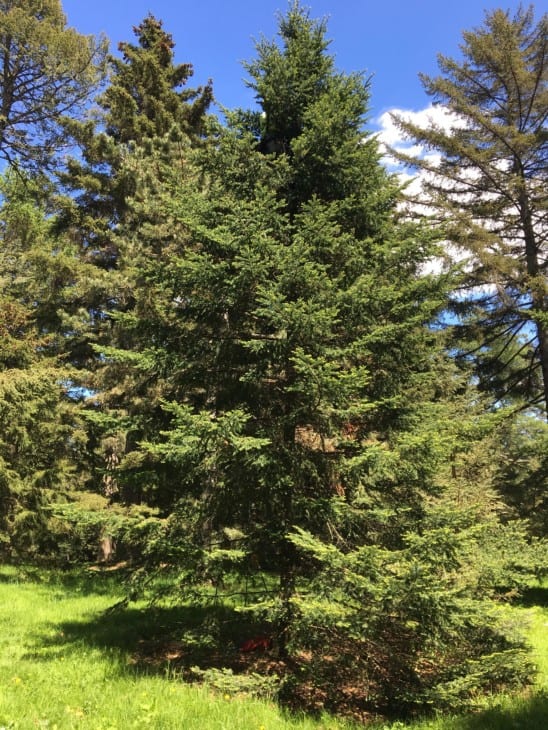
The balsam fir is a coniferous evergreen that has flattened needles that are soft to the touch. They also have yellowish-brown cones, which are about 1 inch long.
The bark on the trunks is reddish brown and gray in color, and they can reach up to around 80 feet tall when fully mature!
5. Tamarack (larix laricina)
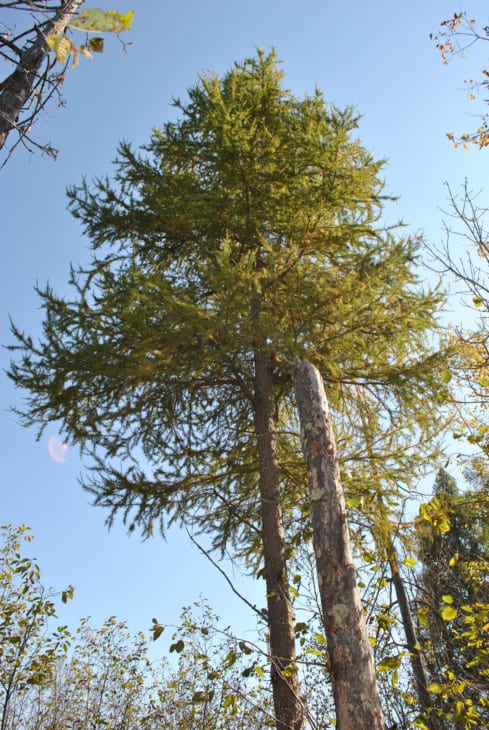
The tamarack is also a coniferous evergreen, but it has needles that grow in bunches of two. The bark can be grayish-brown when young, and becomes reddish-brown as the tree gets older.
You’ll find this one growing in moist soils around lakes or slow-moving water, where they will form dense thickets. They are quite common in Minnesota, and you’ll find them all over the state!
6. White Oak (quercus garryana)
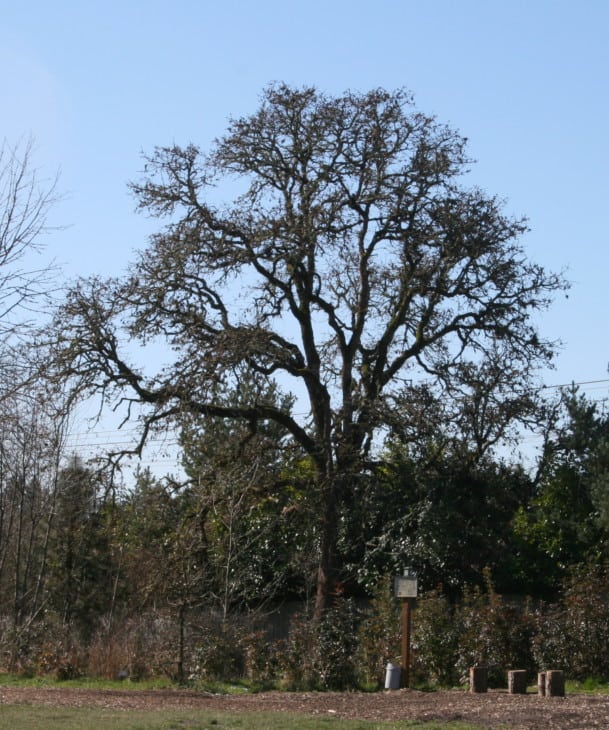
The white oak is a deciduous tree that has very distinctive leaves, they’re about 6-9 inches long with 5-7 lobes.
You’ll find the white oak around the Great Lakes and in Minnesota in woodlands and on bluffs. The trees can reach up to 100 feet in height too!
7. Yellow Birch (betula alleghaniensis)
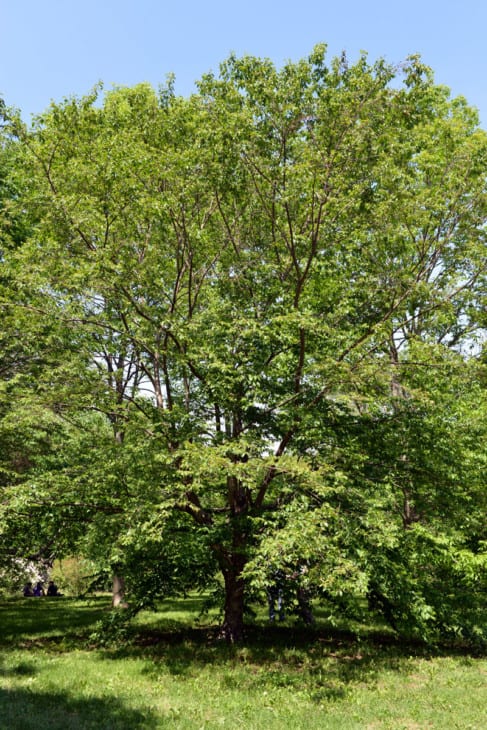
The yellow birch, as you can tell by its name, has bark that is yellowish-gray and peels in vertical strips. It also has distinctive diamond shaped leaves, which makes it easy to identify! You’ll find the trees highly valued for their wood too.
8. Quaking Aspen (populus tremuloides)
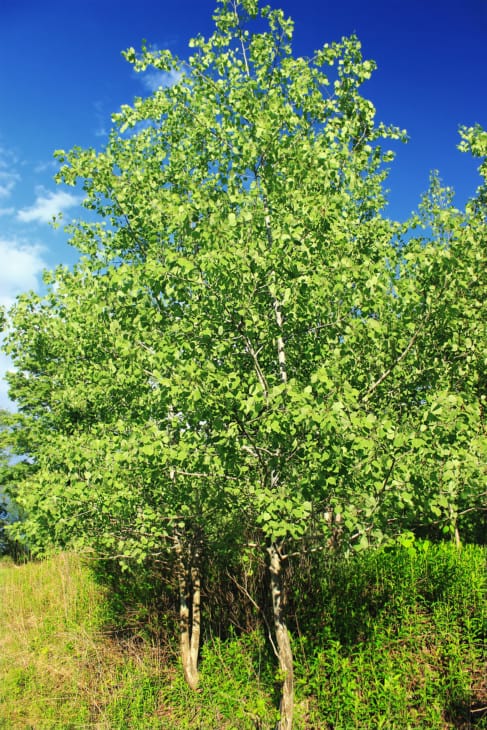
Aspen trees have white bark with black horizontal marks that become apparent as the tree gets older. They also have a distinctive leaf arrangement, where leaves branch out in sets of 3 from the main stem every 2 to 4 inches.
9. Cottonwood Tree (populus deltoids)
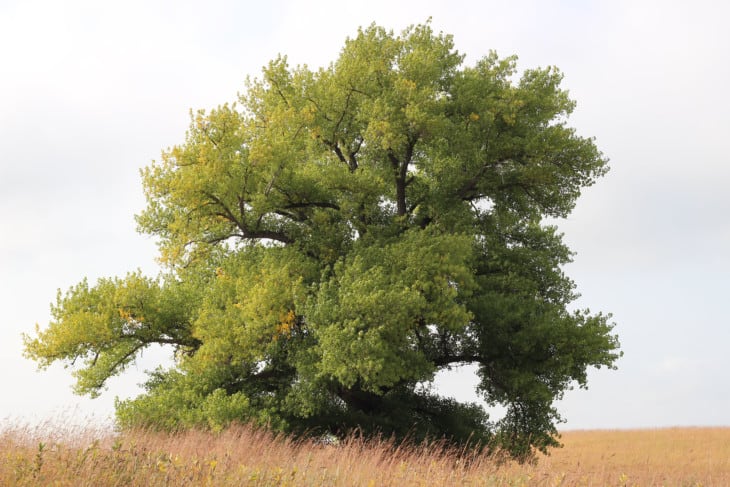
The cottonwood, named for its fluffy seed heads that are about 2-4 inches long, has leaves with triangular to ovate blades that are coarsely serrated. They have stout trunks and grow in moist soils near rivers or lakes in Minnesota!
10. American Elm (ulmus americana)
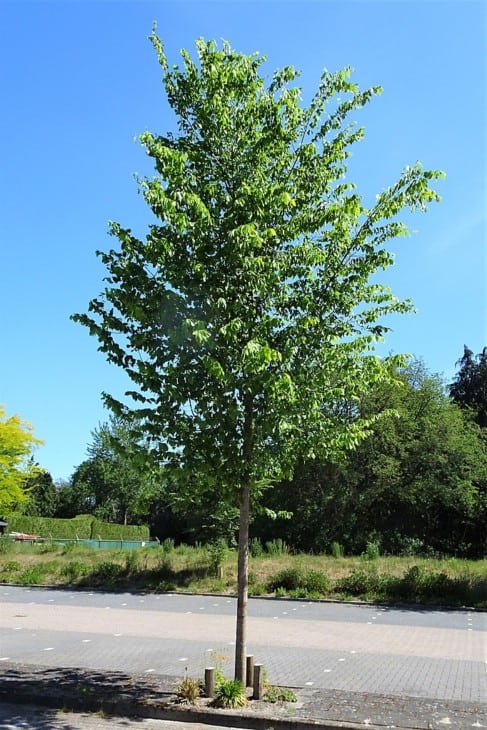
The American elm has leaves that are simple, opposite, and about 4-6 inches long with round or heart shaped bases.
You’ll find the trees growing throughout Minnesota, but their numbers have declined over the years because of disease affecting them. They are still common today, though!
11. Basswood (tilia americana)
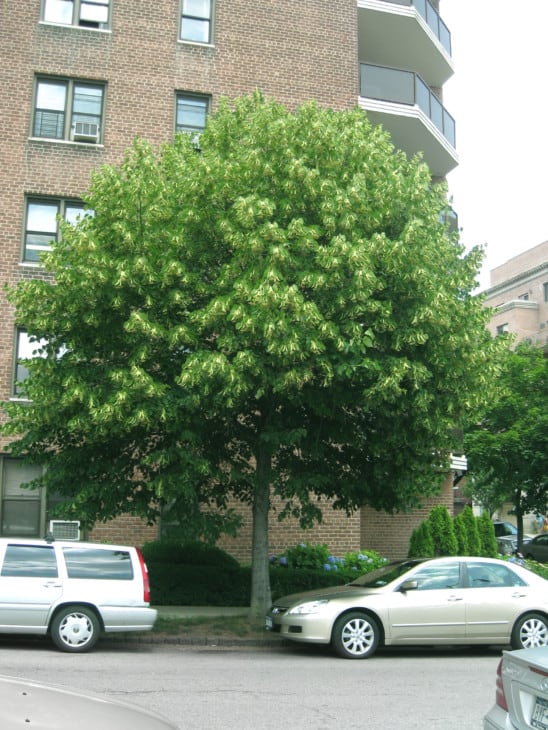
The basswood has simple heart shaped leaves, which are about 5-7 inches long.
You’ll find this tree in the understory of forests throughout Minnesota, and it’s also known for its medicinal uses! It can grow up to 100 feet tall when it’s fully mature.
12. Hackberry (celtis occidentalis)
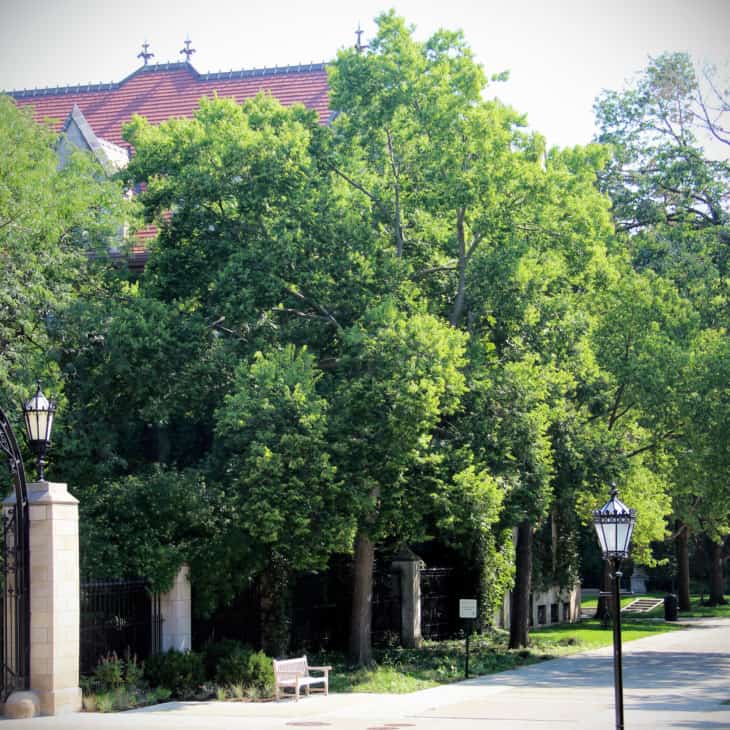
Hackberry trees have simple leaves that are about 5-9 inches long with round or heart shaped bases.
You’ll find this tree in moist soils throughout Minnesota, and it can reach up to 100 feet tall when fully mature!
13. Black Cherry (prunus serotina)
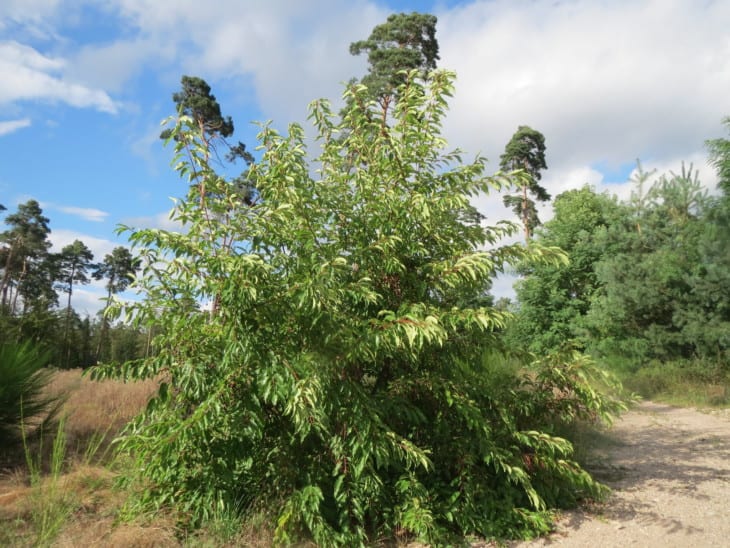
Black cherry trees have simple leaves with smooth margins, and they are ovate in shape. They also usually have 3-lobed bracts when they come into flower, which is what helps identify them!
You’ll find the black cherry in moist soils throughout Minnesota, but you won’t see it all over the state. The trees are common in the southeastern part of the state, but you’ll find them around lakes or rivers more often!
14. Willow (salix)
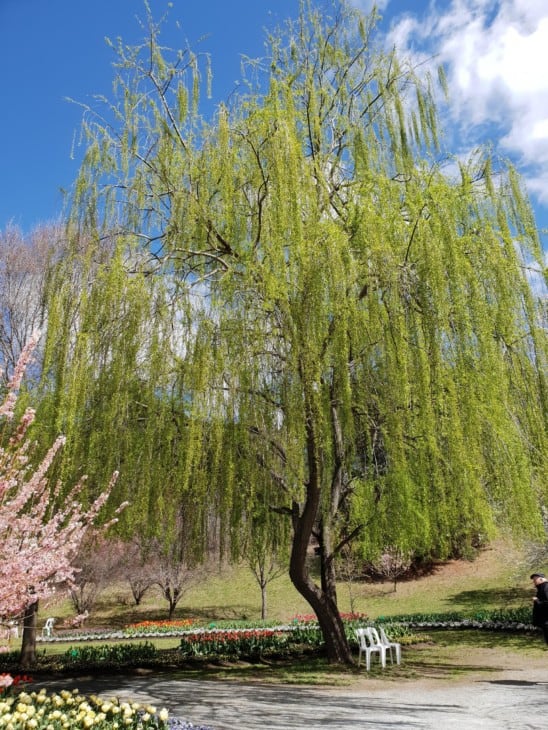
The willow has simple leaves with finely serrated margins, and they can be either lance-shaped or oval.
You’ll find the trees growing in moist soils throughout Minnesota, and you can also see them along riverbanks or marshes too! They’re common around lakes and streams, but you won’t find them all over the state.
15. Butternut (juglans cinerea)
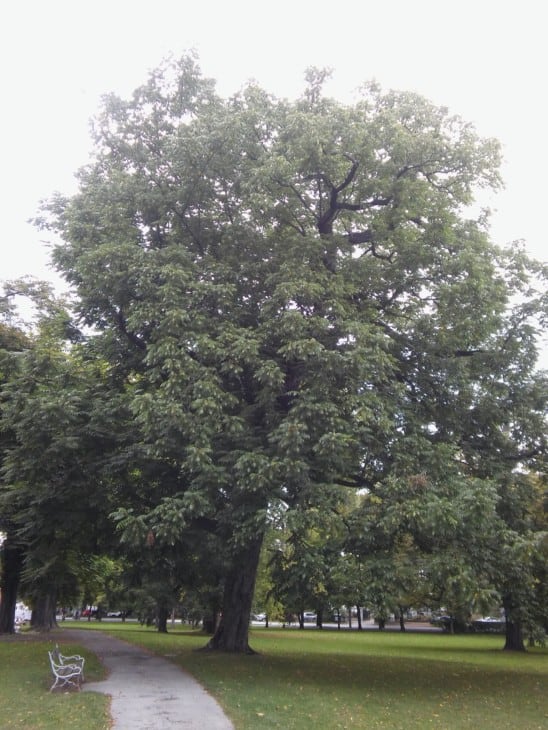
The butternut has leaves that have sharp teeth on the margins with a long, tapering tip. They also have compound leaves with an odd number of leaflets, and they are sessile along the leaf stem!
You’ll find the trees throughout Minnesota in moist forests or alongside rivers and streams. You can’t see them standing out everywhere, but if you look you’ll find them all over the state.
16. Bitternut Hickory (carya cordiformis)
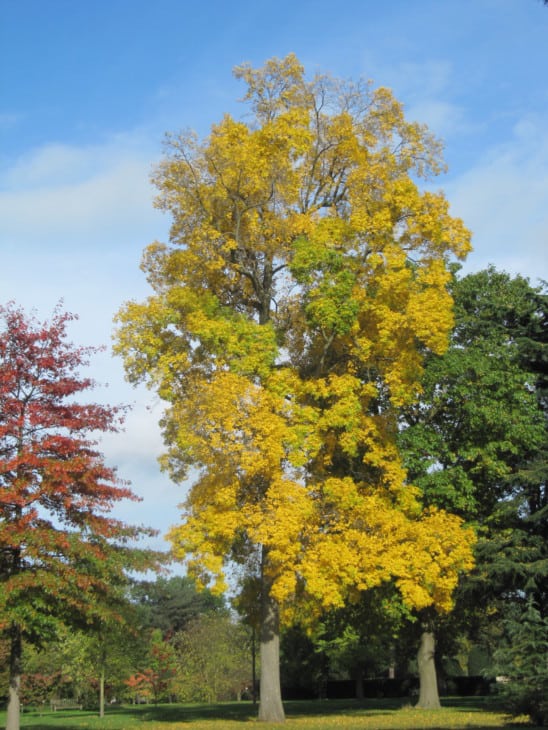
You’ll find the Bitternut hickory growing in moist soil throughout Minnesota, and they have compound leaves with 5-7 leaflets. They’re about 7-12 inches long and their margins are serrated too!
17. Honey Locust (gleditsia triacanthos)
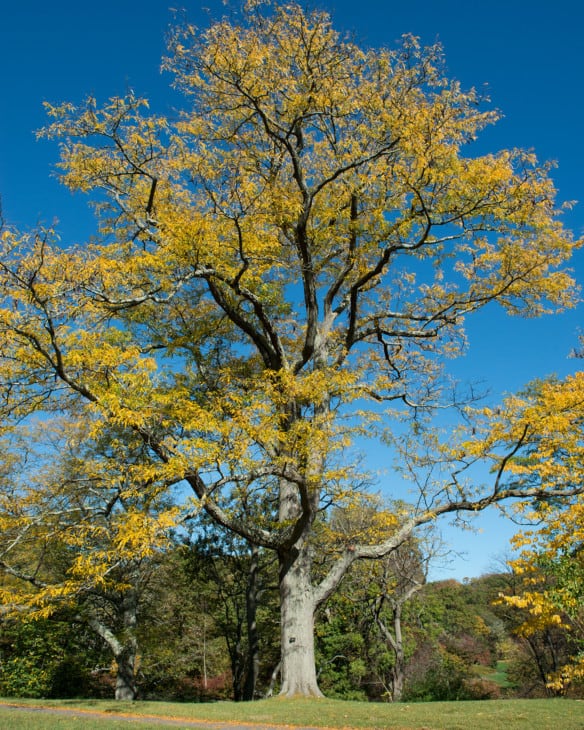
The honey locust has leaves that are bipinnate, which means they have twice pinnate leaflets with the leaflet stalk attached to the rachis(stem). You can find this tree across Minnesota in moist soils, but you won’t see it everywhere if you don’t look for it.
18. Black Ash (fraxinus nigra)
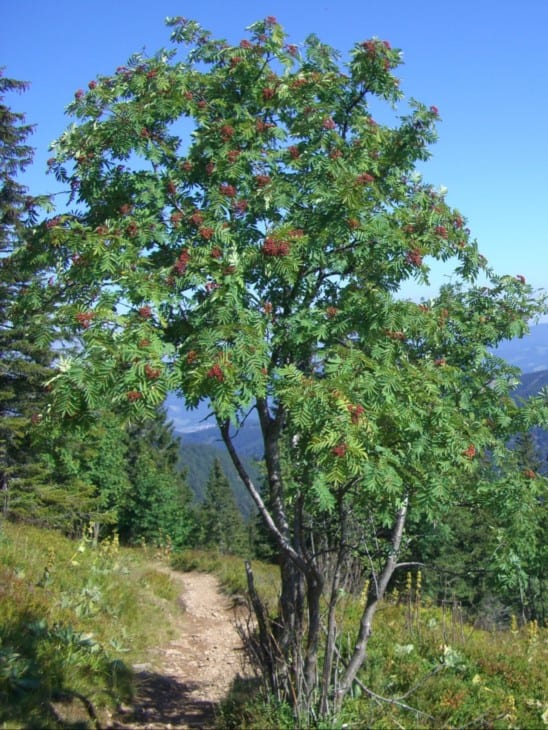
The black ash has compound leaves with odd numbers of leaflets that are about 4-10 inches long. The leaflet stalk is attached to the rachis, and it’s coarsely serrated on the margin.
You’ll find this tree common throughout Minnesota but infrequent in a good number of areas. It prefers moist soils though!
19. Eastern Hemlock (tsuga canadensis)
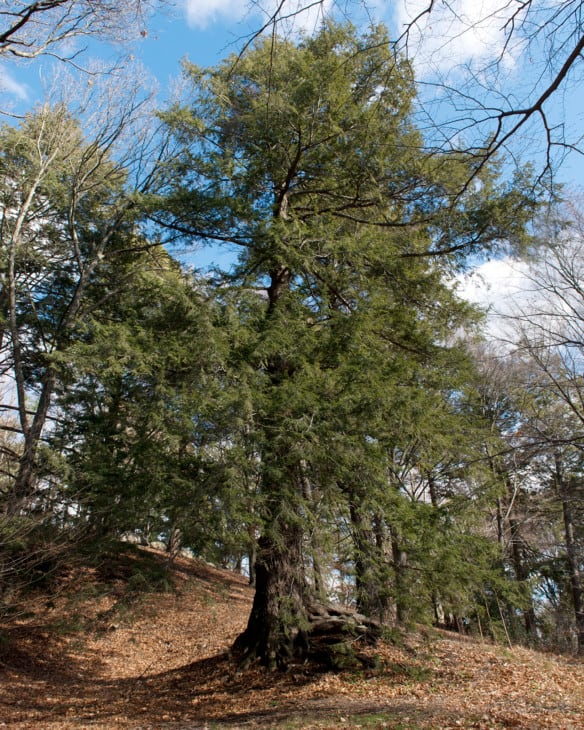
The eastern hemlock has simple leaves that are about 1-3 inches long, and they have tapered or rounded tips.
You’ll find this tree common throughout Minnesota but infrequent in a good number of areas. It prefers moist soils too!
20. Arborvitae (thuja occidentalis)
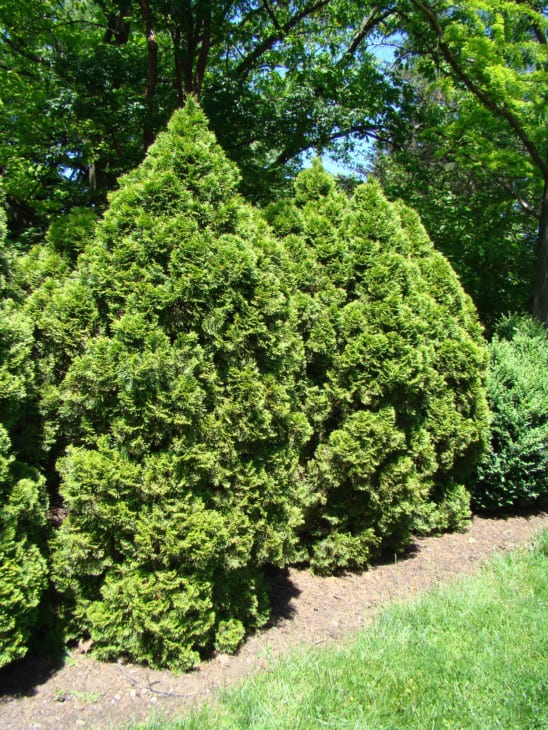
The arborvitae has leaves that are arranged in a flat plane and grow up to 1-2 inches long. They also have a distinctive scent when crushed!
You’ll find this tree common throughout Minnesota, but you won’t see it everywhere. It prefers moist soils too!
21. Ontario Balsam Poplar (populus balsamifera)
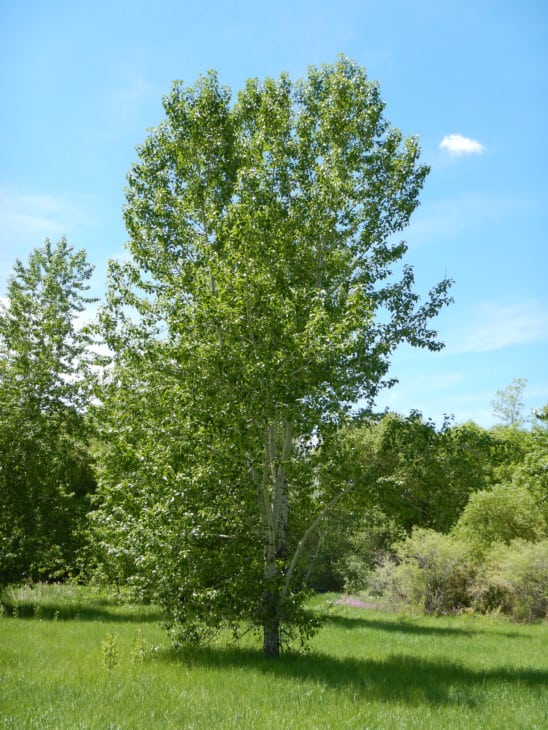
The Ontario balsam poplar has compound leaves with multiple leaflets that are ovate or obovate in shape.
You’ll find this tree common throughout Minnesota, but it can be infrequent in a few areas. It prefers moist soils though!
22. American Hornbeam (carpinus caroliniana)
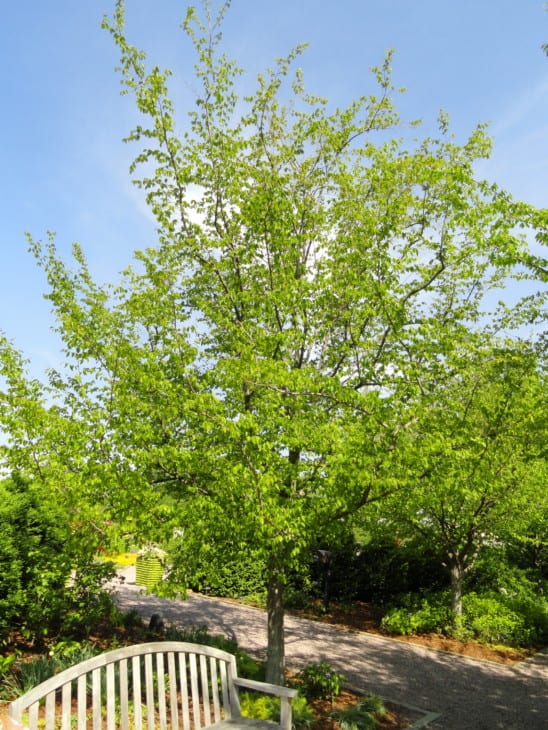
The American hornbeam has simple leaves that are about 3-5 inches long with no teeth or lobes. You’ll find this tree common throughout Minnesota, but it can be infrequent in a few areas. It prefers moist soils too!

